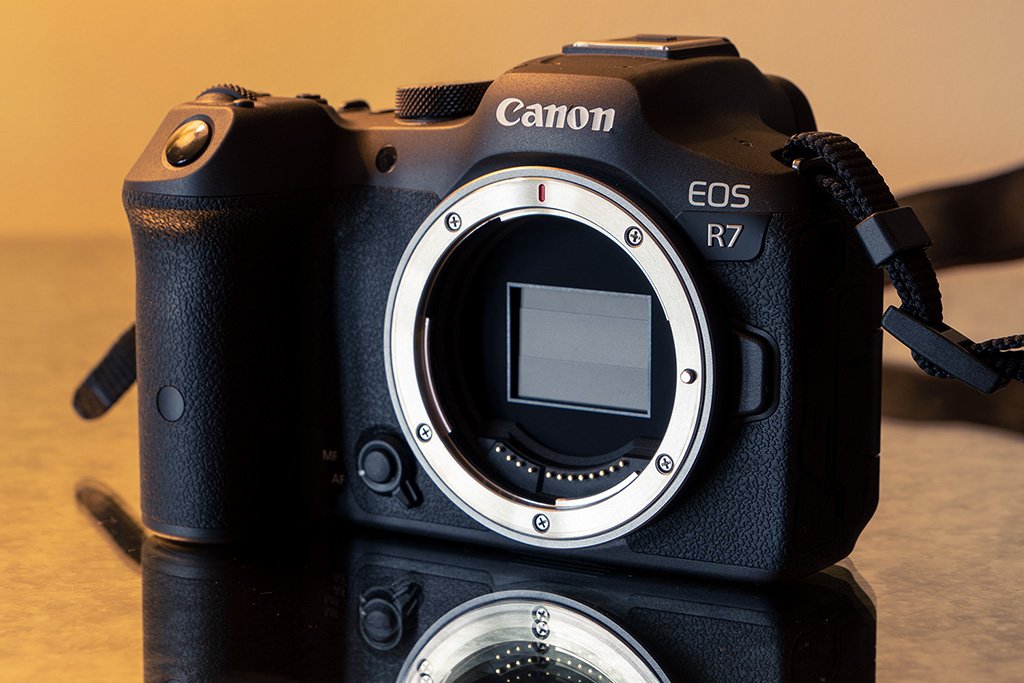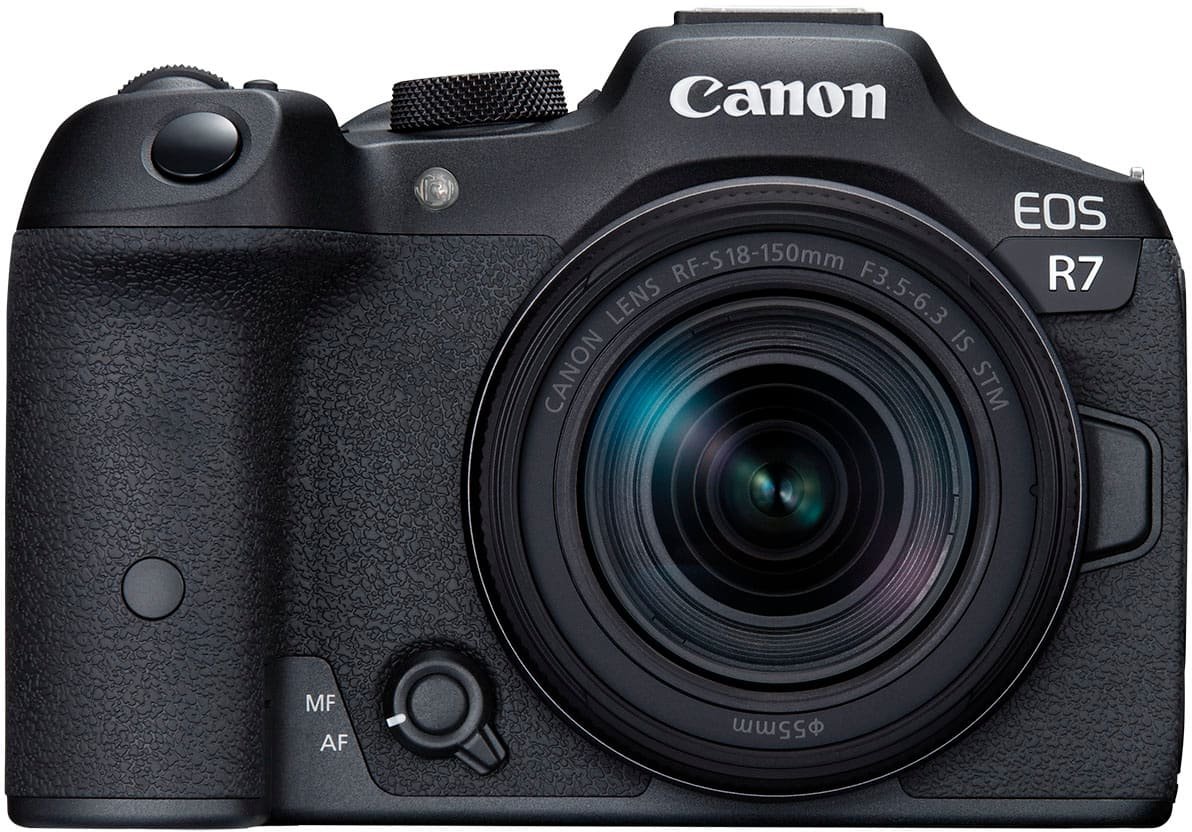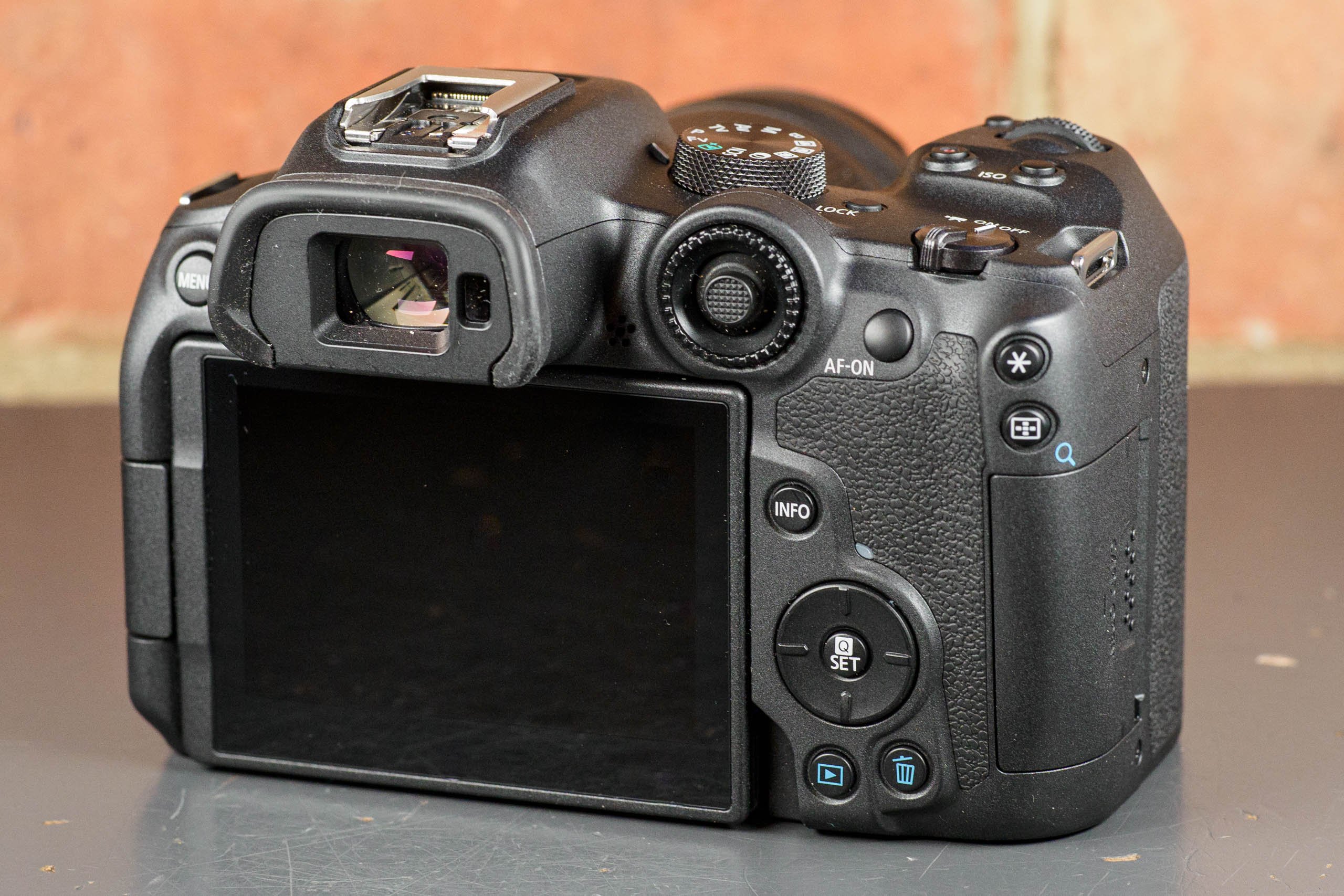For years, the enthusiast camera world has been waiting for Canon to deliver a true spiritual successor to its legendary EOS 7D line in the mirrorless era. The wait is over. The Canon EOS R7 isn’t just an update; it’s a categorical leap forward, packing the heart of a flagship sports camera into a compact and attainable APS-C body. It promises blinding speed, tenacious autofocus, and professional features that punch far above its price tag, aiming squarely at the passionate wildlife, sports, and all-around action photographer. But does it deliver on that immense promise?

Blistering Speed and Uncanny Autofocus
The headline feature of the R7 is its performance, and it is nothing short of spectacular. Canon has ported over the advanced subject-detection autofocus system from its top-tier EOS R3. This isn’t a watered-down version; it’s the real deal. The camera intelligently identifies and tracks humans, animals (including birds and cats), and vehicles with a sticky precision that was once the exclusive domain of cameras costing three times as much. In practice, capturing a bird in flight or a player on the field becomes less a technical challenge and more a creative one. The focus just works.
This world-class AF is paired with a ferocious burst rate: 15 frames per second with the mechanical shutter and a silent, almost unbelievable 30 fps with the electronic shutter. This combination makes the R7 an action-capturing monster. The deep buffer ensures you won’t miss the decisive moment, giving photographers who rely on speed an immense competitive advantage. The new 32.5MP APS-C sensor provides ample resolution for cropping, further enhanced by the inherent 1.6x reach of the format, which is a massive boon for telephoto work.

Design, Handling, and Build

In hand, the R7 feels substantial and well-built, with a deep, comfortable grip that will be familiar to any long-time Canon user. It features a degree of weather sealing, providing confidence when shooting in less-than-ideal conditions. However, the control layout is where Canon has made a controversial decision. The traditional rear control wheel has been merged with the autofocus joystick, creating a unique multi-controller dial that surrounds the AF point selector. While clever in theory, it requires significant muscle memory adjustment and can feel clumsy during fast-paced shooting until you are thoroughly accustomed to it. It’s a bold ergonomic experiment that won’t please everyone. On the plus side, the inclusion of dual UHS-II SD card slots is a welcome professional feature, providing instant backup or overflow storage.
A True Hybrid Powerhouse
The EOS R7 is not just a stills camera; it’s an incredibly capable video machine. It can record stunningly detailed, uncropped 4K video at 30 fps, oversampled from the sensor’s full 7K resolution. For slow-motion enthusiasts, it offers 4K at 60 fps, albeit with a slight crop. The inclusion of Canon Log 3 and a 10-bit color space gives videographers significant flexibility for color grading in post-production. Crucially, the R7 features in-body image stabilization (IBIS), which works in concert with optically stabilized lenses to deliver remarkably smooth handheld footage. This feature alone transforms the camera’s utility, making it a powerful tool for vloggers, documentarians, and hybrid creators.

The Value Proposition and its Caveat
Priced aggressively, the EOS R7 body represents one of the best performance-per-dollar values on the market today. You are getting the speed and AF of a flagship camera for a fraction of the cost. However, there’s a significant caveat: the native RF-S (APS-C) lens ecosystem is still in its infancy. While you can adapt Canon’s extensive lineup of EF and EF-S DSLR lenses with excellent results, the selection of purpose-built, compact RF-S lenses is sparse. This means new buyers must either invest in larger, more expensive full-frame RF lenses or rely on adapters, which slightly negates the size advantage of the APS-C system.
The Verdict
The Canon EOS R7 is a triumph of engineering and a game-changer for the APS-C market. It democratizes professional-grade speed and autofocus, making it accessible to a much wider audience. For wildlife and sports photographers who crave reach and performance without a full-frame budget, this camera is an absolute slam dunk. It’s also an exceptional choice for hybrid shooters needing high-quality video and powerful stills capabilities in one package. While the unconventional control layout and nascent RF-S lens system are valid points of consideration, they do little to diminish the sheer power and value packed into this body. If you’re an enthusiast looking to capture fast action, the EOS R7 isn’t just a camera to consider—it’s likely the one to beat.
Where to Buy:
Canon EOS R7 Quick Summary
Key Scores:
- Value: 90%
- Design: 94%
- Performance: 92%
- Quality: 92%
- Popularity: 90%
Top Pros
- ✅ Its autofocus system offers flagship-level subject tracking performance.
- ✅ Blistering 30fps burst shooting captures fast-moving action easily.
- ✅ In-body image stabilization is excellent for both photos and video.
- …
Key Cons
- ❌ The native APS-C RF-S lens selection is currently very limited.
- ❌ Its combined joystick and rear dial control feels quite unintuitive.
- ❌ The electronic viewfinder resolution is low for a modern camera.

















